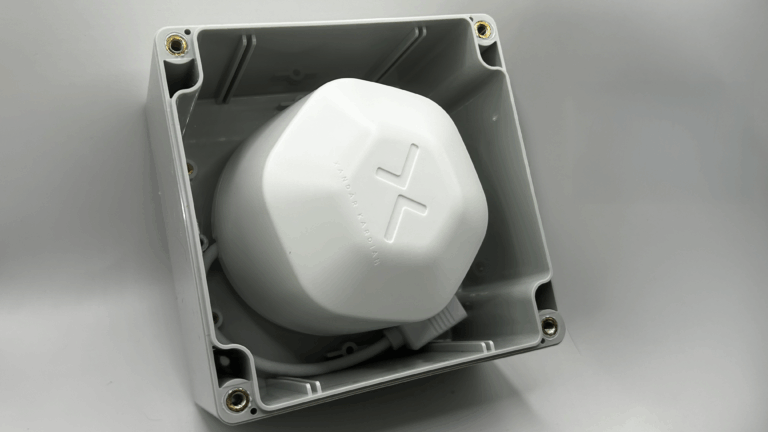AB 109 Turns Two, Makes Strides for CDCR
SACRAMENTO, Calif. — Two years ago, California Governor Edmund G. Brown Jr. signed Assembly Bill (AB) 109 or the Public Safety Realignment Act, which required the realignment of several low-level prisoners in an effort to reduce the number of inmates in the state’s 33 prisons to 137.5 percent of design capacity by June 2013. As the California Department of Corrections and Rehabilitation (CDCR) continues to undergo massive changes to its prison system, a new study shows that the CDCR has already made improvements.
CDCR released a Realignment Report in May, in which the organization identified offenders who had served their full sentence and were released from prison during the first six months after the implementation of realignment. Researchers tracked the offenders, which were released to state parole supervision and county probation supervision, for one year to see if they were re-arrested, convicted of a new crime or returned to the state prison. CDCR compared those results to a study conducted to track offenders released during October 2010 to March 2011.
The report’s key findings show that post-realignment offenders returned to prison at a much lower rate (7 percent) than pre-realignment offenders (42 percent). Post-realignment offenders were arrested at a lower rate (58.7 percent) compared to pre-realignment offenders (62 percent). The rate of post-realignment offenders (22.5 percent) convicted of new crimes was almost the same as pre-realignment offenders (21.3 percent).
Prior to realignment, more than 60,000 felon parole violators returned to state prison annually, with an average length of stay of 90 days. As of Oct. 1, 2011, most parole violations are now served in county jails, and offenders convicted of certain low-level offenses serve their time in county jail. Under another component of Realignment, inmates who have served their full state prison sentence for a non-serious, non-violent or non-sexual offense are now supervised upon their release by county probation rather than state parole.
With Oct. 1 being the two-year anniversary of the implementation of AB 109, California Forward’s Partnership for Community Excellence, an organization established to help county officials implement AB 109, wrote that the CDCR should focus on two main areas moving forward: promoting a data-based community system that prioritizes prevention, intervention and rehabilitation as viable alternatives to incarceration and ensuring that counties are equipped to take advantage of all the Affordable Care Act (ACA) has to offer.
Oct. 1, 2013 marks the day that enrollment begins for the federally reimbursed health coverage that low-income offenders are eligible for as of Jan. 1, 2014. A full 100 percent of medically necessary treatment costs will be reimbursed by the government through 2016, gradually declining to 90 percent by 2020. This could be one of the largest savings opportunities in county correctional spending in decades, but only if county corrections can work with county health care to figure out the quickest and most efficient way to enroll offenders and to get them the services they need.
Offenders with substance abuse disorders or mental illness will make up one of the largest expansion groups under ACA. By taking advantage of the ACA’s expanded benefits, the CDCR can improve community corrections and eliminate jail beds used to house offenders, according to PCE. PCE is holding meetings on Increasing Safety and Reducing Costs under Realignment and the Affordable Care Act, gathering CAOs, criminal justice, and health and human services county leaders from one or more counties to discuss leveraging the ACA focus on building capacity and delivering services that lower the risk of reoffending.






